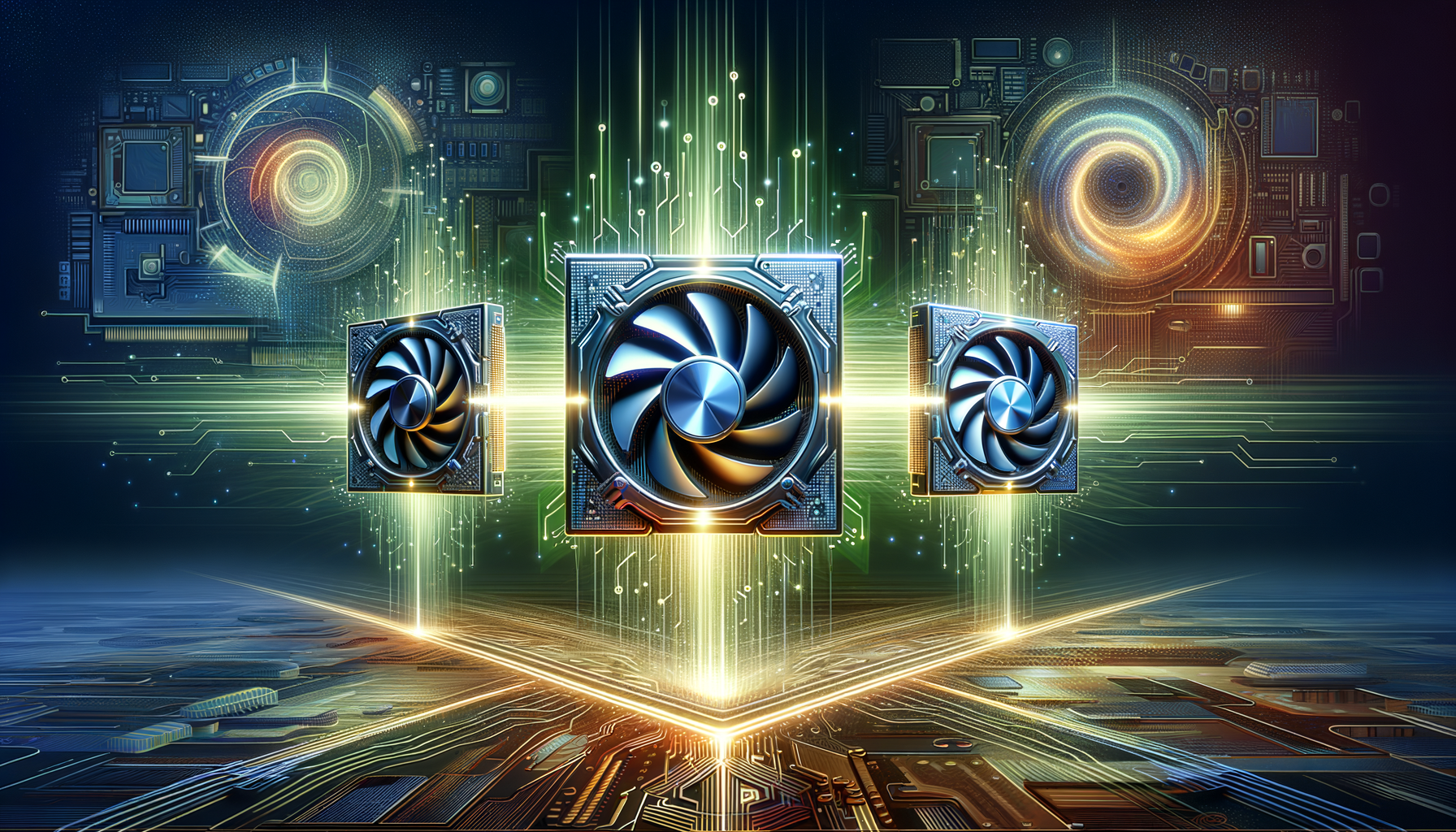Intel just slammed down a glimmer of hope amidst its generally tough times—XeSS 2.1 is now live and ready to power up AMD and Nvidia GPUs alongside Intel’s own. What’s the big deal? Intel’s AI-based frame generation technology from XeSS 2.1 isn’t playing favorites anymore, giving RTX 30-series and other GPU owners a shot at an improved graphics performance experience.
Zooming In
Here’s the good stuff: Intel’s XeSS is essentially a toolkit for developers to enhance video game performance via upscaling, frame generation, and reduced latency. The recent twist in the tale is that, until now, frame generation was exclusive to Intel’s Arc GPUs. But now, with XeSS 2.1, the perks are being handed out to AMD and Nvidia GPUs too.
To put it simply, XeSS-FG (that’s frame generation for insiders) can now run on any GPU that supports Shader Model 6.4. We’re talking compatibility with AMD’s Radeon RX 6000, 7000, 9000 series and Nvidia’s RTX 30, 40, and 50 series. That’s a lot of graphics cards feasted with smooth rendering, deeper immersion, and fewer frame skips.
But let’s pause before you charge ahead. The frame generation tech does vary across brands. Intel’s Arc GPUs juice it up with matrix cores backed by a neural network, whereas AMD and Nvidia rely on compute shaders for the task.
The tech story here is familiar: it’s about taking rendered frames, stashing them away, and using compute shaders for cooking up an intermediary frame. This gets us to the serene and smooth visuals we all crave in modern gaming without maxing out the physical limits of the hardware.
However, the catch is apparent: we need games to roll out XeSS 2.1 support. As of now, only 22 titles are on Intel’s approved list, and game devs would have to tweak their code to make it work on non-Intel GPUs.
This move is about more than just tech upgrades; it’s about knocking down walls in the gaming community. It’s about providing multi-vendor options and eradicating the isolation players feel when their GPUs aren’t on the supported guest list. Although Intel’s aim is clear, execution remains in the hands of game developers, and it’s their play now.
Intel’s latest update may require patience and perhaps a touch of code manipulation from game studios, but the framework is there. All things considered, here’s to hoping this new direction offers gamers even more options and flexibility to tweak their experiences.









